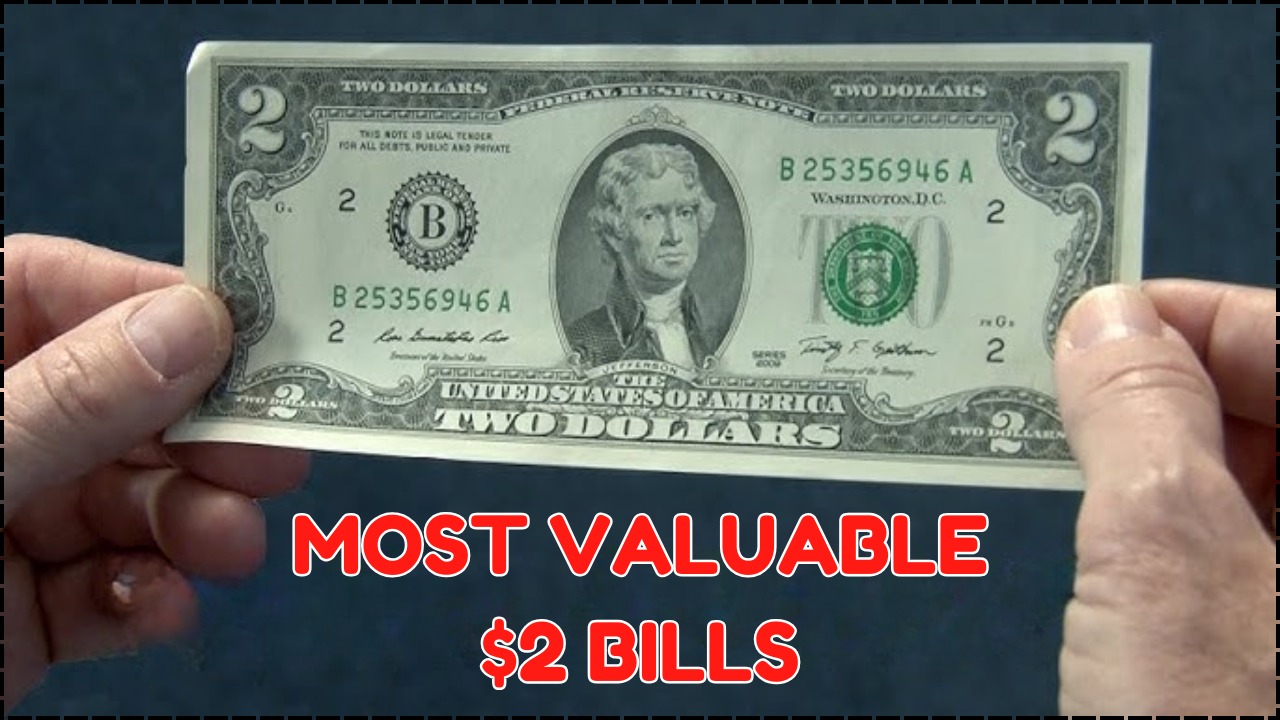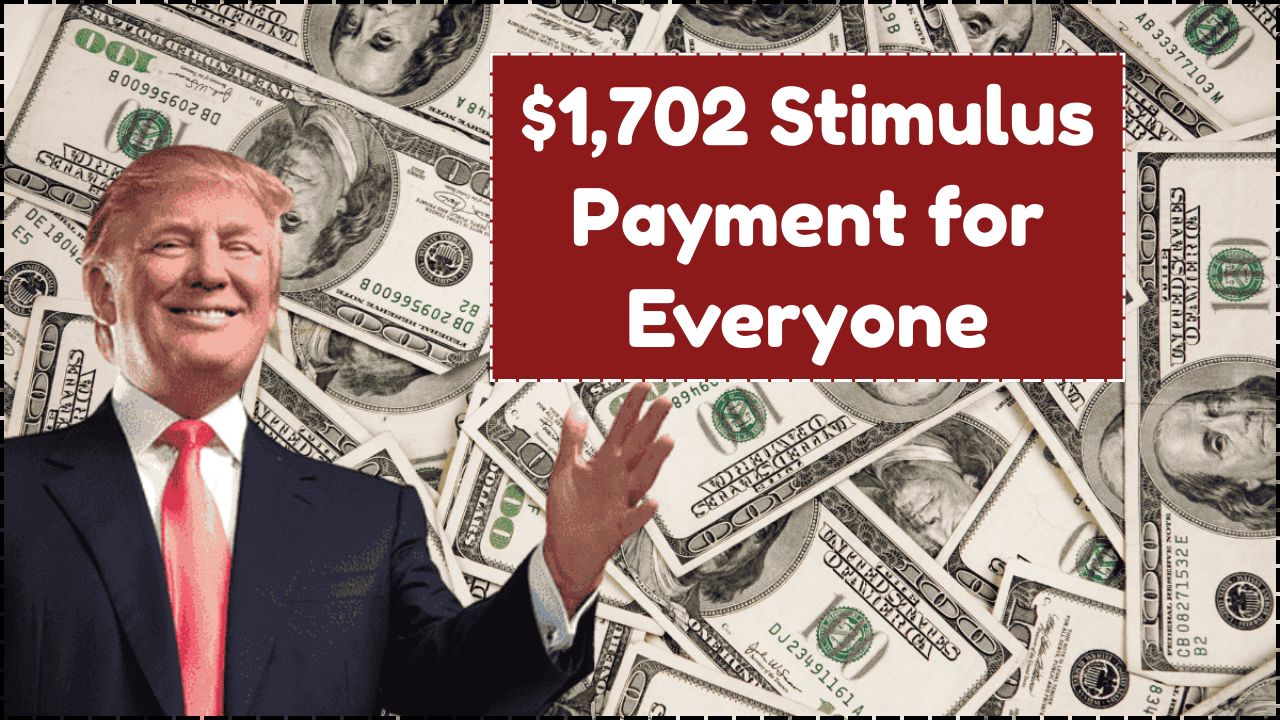
The $2 bill is one of the most intriguing pieces of American currency. Though it is legal tender and still printed, many people treat it like a collector’s novelty. However, some of these rare notes have recently been valued at thousands of dollars—far beyond their face value. If you happen to have one tucked away, you might want to take a closer look.
First introduced in 1862, the $2 bill has a long and colorful history. Despite not being as common as other denominations, it has remained part of the U.S. currency lineup. Changes in design, limited print runs, and low public usage have all contributed to its allure among collectors. Recent auctions and collector interest have proven that certain $2 bills can be a hidden source of wealth.
Table of Contents
Overview
The earliest $2 bill issued during the Civil War bore Alexander Hamilton’s image, but that changed in 1869 when Thomas Jefferson took his place—a position he still holds today. Through the years, several design modifications occurred, including alterations in the seal color (red, brown, and later green) and updates to the reverse side.
In 1976, to commemorate the U.S. Bicentennial, a redesigned reverse showcased the iconic painting “The Signing of the Declaration of Independence” by John Trumbull. This release sparked renewed interest in the note, although it never became widely used in daily transactions.
Circulation Status: Are $2 Bills Still Made?
Despite popular belief, $2 bills have not been discontinued. The Bureau of Engraving and Printing continues to print them, and they are distributed through the Federal Reserve. However, because they are produced in small batches, they remain rare in circulation.
Circulation Snapshot:
| Year | Approx. Number in Circulation | Notable Details |
|---|---|---|
| 2020 | ~1.4 billion | Still actively printed |
| 2022 | 204 million bills produced | Collector interest grows |
Many banks still have $2 bills, but you’ll often need to request them specifically. Their infrequent use in commerce makes them feel rarer than they are, leading many people to save them as curiosities or keepsakes.
What Makes a $2 Bill Valuable?
Not all $2 bills are worth more than their printed value. However, several factors can raise their market price significantly:
- Age: Older bills from the 1800s or early 1900s are generally more valuable.
- Condition: Uncirculated or near-mint bills fetch higher prices.
- Seal Color: Red or brown seals often indicate older, rarer bills.
- Serial Numbers: Unique, repeating, low, or palindromic numbers increase appeal.
- Special Editions: Bicentennial or collector sets are often sought after.
- Printing Errors: Misprints, ink smears, or misaligned cuts can make a bill more valuable.
Examples of High-Value $2 Bills
Some $2 bills have sold for surprising amounts. Below is a breakdown of notable bills and their estimated market value:
| Year/Type | Key Feature | Estimated Value |
|---|---|---|
| 1862 (Uncirculated) | Hamilton portrait, first issue | $500 – $2,800+ |
| 1869 (Uncirculated) | Jefferson, red seal | $3,800 or more |
| 1890 Treasury Note | Brown seal, collector edition | $550 – $4,500+ |
| 1995 (Uncirculated) | Modern, perfect condition | Up to $500 |
| 2003 Collector Set | Federal Reserve 12-note set | $700 or more |
Values may vary depending on market trends, buyer interest, and the condition of the bill.
How to Identify a Rare $2 Bill
Think your $2 bill might be special? Here’s what to look for:
- Check the Issue Year: Anything before 1928 has higher collector value.
- Inspect the Seal: Red or brown seals usually indicate an older printing.
- Study the Serial Number: Low numbers like 00000001 or symmetrical patterns stand out.
- Review the Condition: Wrinkle-free, crisp notes are best.
- Look for Stars: Star notes (replacement bills) are marked with a star at the end of the serial number.
- Confirm the Edition: Commemorative issues and error prints add value.
If your bill checks several of these boxes, it could be worth far more than two dollars.
Key Collector Features at a Glance
| Feature | Why It Matters |
|---|---|
| Uncirculated Quality | Highest resale value |
| Star Notes | Sign of rarity and limited reprinting |
| Serial Number Patterns | Adds uniqueness and appeal |
| Misprints & Errors | Highly collectible and valuable |
| Limited Edition Sets | Often part of annual collector programs |
Final Thoughts: Don’t Dismiss That $2 Bill
Although most $2 bills are worth just $2, a small number can fetch significantly more. It pays to be aware of the traits that make a bill valuable—such as age, condition, and serial number. A seemingly ordinary bill could turn out to be a hidden gem.
Whether you’re a casual collector or someone who just stumbled upon an old note in a drawer, now is the perfect time to give it a second look. In today’s collector market, your $2 bill could be worth hundreds—or even thousands—of dollars.
FAQ’s
1. Are $2 bills still being printed?
A = Yes, they are printed in small batches by the Bureau of Engraving and Printing.
2. What year $2 bills are worth the most?
A = Bills from the 1800s and early 1900s, especially in uncirculated condition, are highly valuable.
3. How can I check if my $2 bill is rare?
A = Look for factors like the year, seal color, serial number, and condition.







